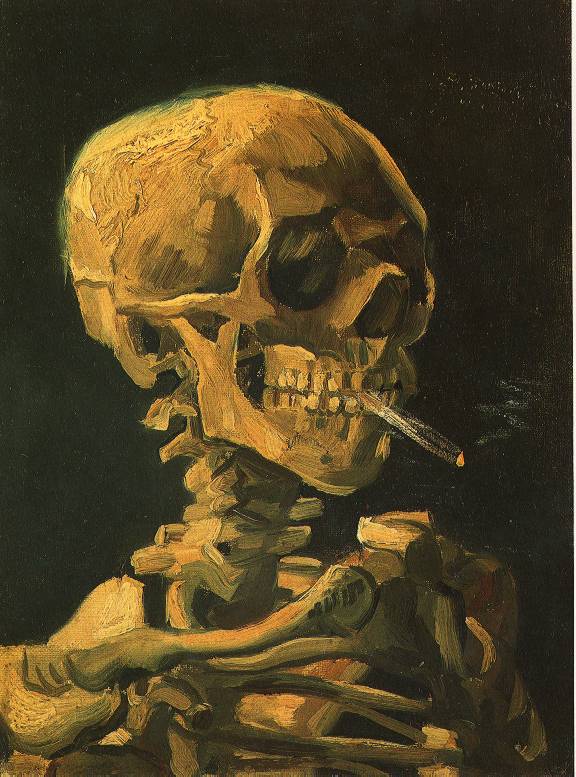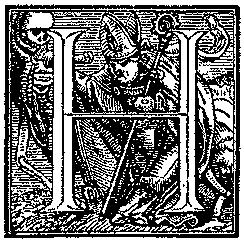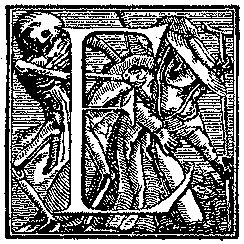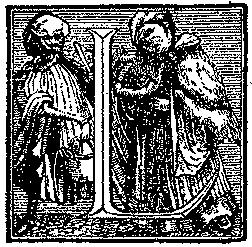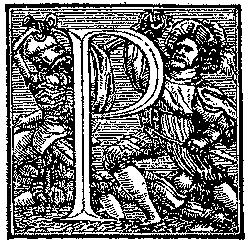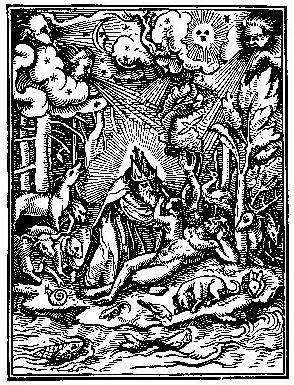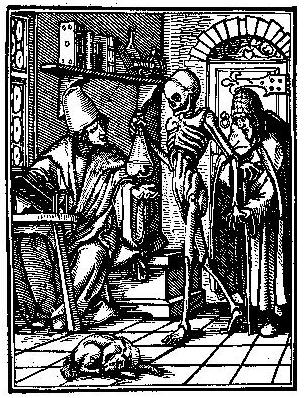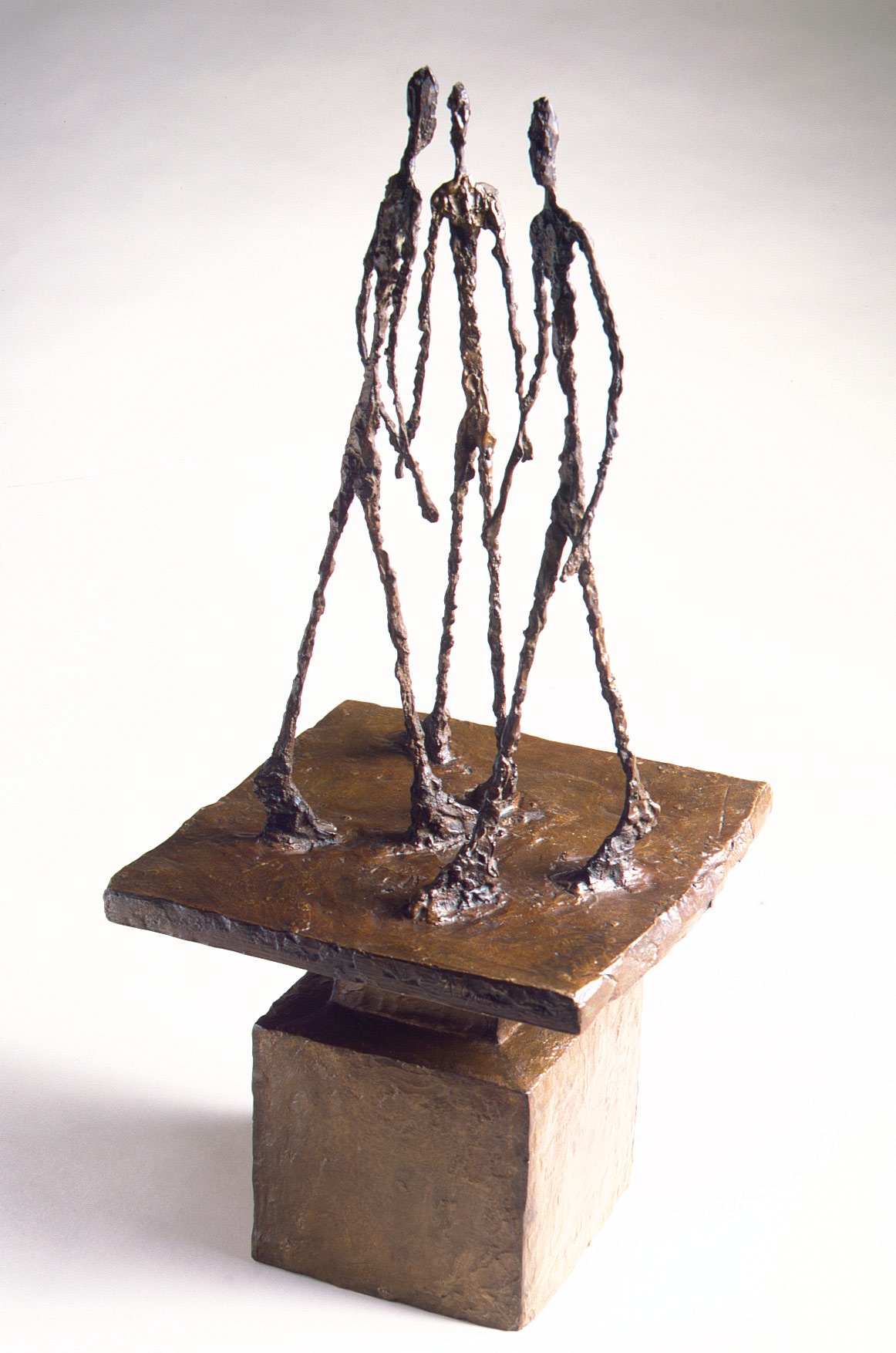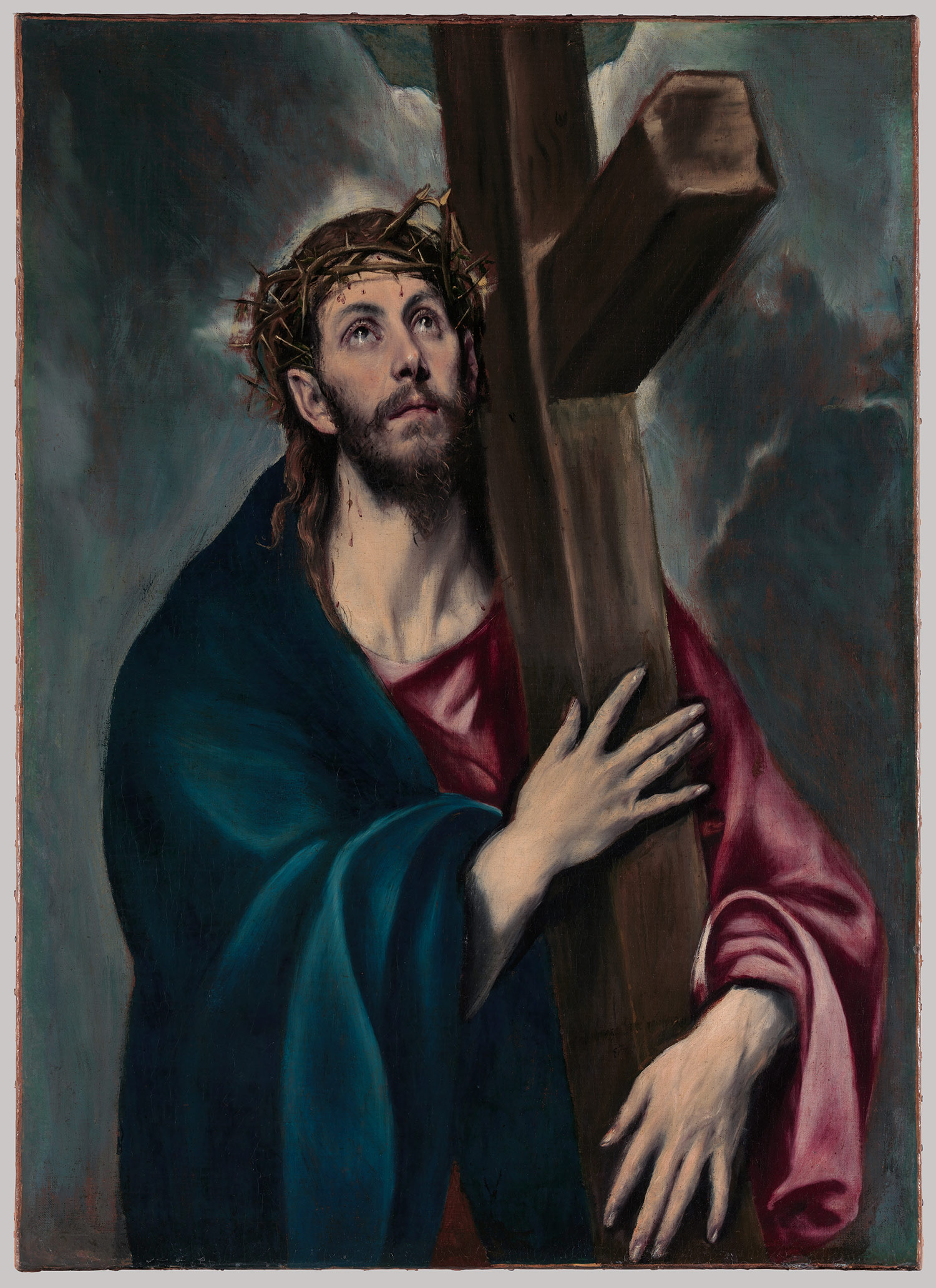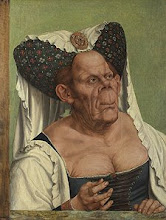 A new volume of 12 essays on Croatia's art, architecture, history and culture is the first English language book and scholarly study of the nation's heritage. It's about time, too because the country - long part of the former Yugoslavia, has a rich history that many westerners know little about.
A new volume of 12 essays on Croatia's art, architecture, history and culture is the first English language book and scholarly study of the nation's heritage. It's about time, too because the country - long part of the former Yugoslavia, has a rich history that many westerners know little about.Croatia declared its independence in 1991 - following a long past of domination by the Romans, Byzantines, French, Hungarians, Angevins, Hapsburgs and Serbs. The country's Dalmation Coast is synonymous with natural beauty (picturesque islands and rocky inlets are encompassed by the clear blue Adriatic Sea).
 The book includes scholarly information on Croatia's current "renaissance" and leading British writers and art scholars (including John Julius Norwich, Sheila McNally, Christopher de Hamel, David Ekserdjian and Timothy Clifford) have contributed essays detailing illuminated manuscripts, Renaissance-era buildings, the centuries-long influence and legacy of Italian art on the territory and other informative topics. Marcus Binney discusses neglected castles and manor houses in Croatia's Slavonia region and Brian Sewell informs readers on the museums of Zagreb, the nation's capital.
The book includes scholarly information on Croatia's current "renaissance" and leading British writers and art scholars (including John Julius Norwich, Sheila McNally, Christopher de Hamel, David Ekserdjian and Timothy Clifford) have contributed essays detailing illuminated manuscripts, Renaissance-era buildings, the centuries-long influence and legacy of Italian art on the territory and other informative topics. Marcus Binney discusses neglected castles and manor houses in Croatia's Slavonia region and Brian Sewell informs readers on the museums of Zagreb, the nation's capital.As a recent article from the Art Newspaper states, the biggest strength of the volume is its detailing of 19th and 20th century Croatian art and architecture.
For information on current art exhibitions and art venues in Croatia, click here.






